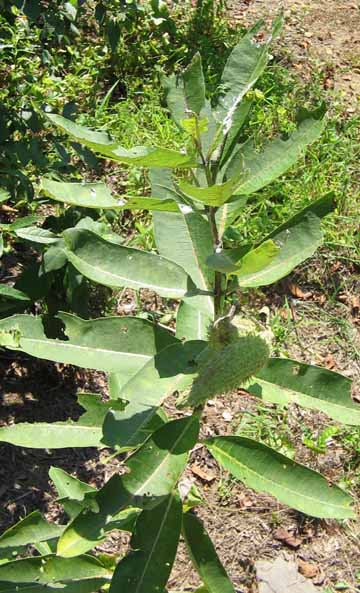|
Measuring Monarch Caterpillars & Milkweed Scientists concentrate on getting accurate data. Such evidence is obtained by observations and measurements taken in situations like natural settings. Print the answer sheet or number down a sheet of paper. Carefully observe each photo. Write the length or width using the correct unit of measure. To view the photo - click on the link. To return to this web page, click the back button of your browser. Caterpillar 1 | Caterpillar 2 | Caterpillar 3 | Caterpillar 4 Caterpillar 5 | Caterpillar 6 | Caterpillar 7 | Caterpillar 8 Caterpillar 9 | Caterpillar 10 | Caterpillar 11 | Caterpillar 11 large view Caterpillar 12 | Caterpillar 13 | Caterpillar 14 | Caterpillar 15 Find the mean length. (Help from Math Dude) One leaf cannot be accurately measured - make note of that on your worksheet. Leaf 1 | Leaf 2 | Leaf 3 | Leaf 4 | Leaf 5 | Leaf 6 | Leaf 7 | Leaf 8
Calculating the surface area of milkweed leaf Resources | Measuring - estimation of length | Collecting Data Plant Explorer | Leaf anatomy observation information off site Pennsylvania Science Anchors |
Variables | Scientific Process | Watering Milkweed Spreadsheet Participate in Monitoring Monarch Larval Monitoring Project "People can often learn about things around them by just observing those things carefully, but sometimes they can learn more by doing something to the things and noting what happens. Describing things as accurately as possible is important in science because it enables people to compare their observations with those of others. Tools such as thermometers, magnifiers, rulers, or balances often give more information about things than can be obtained by just observing things without their help." Science NetLinks Benchmark 1- Nature of science - How science works |
All trademarks, copyright and logos belong to their
respective owners.
©2007 Cynthia O'Hora All rights reserved. utd 9/2007
